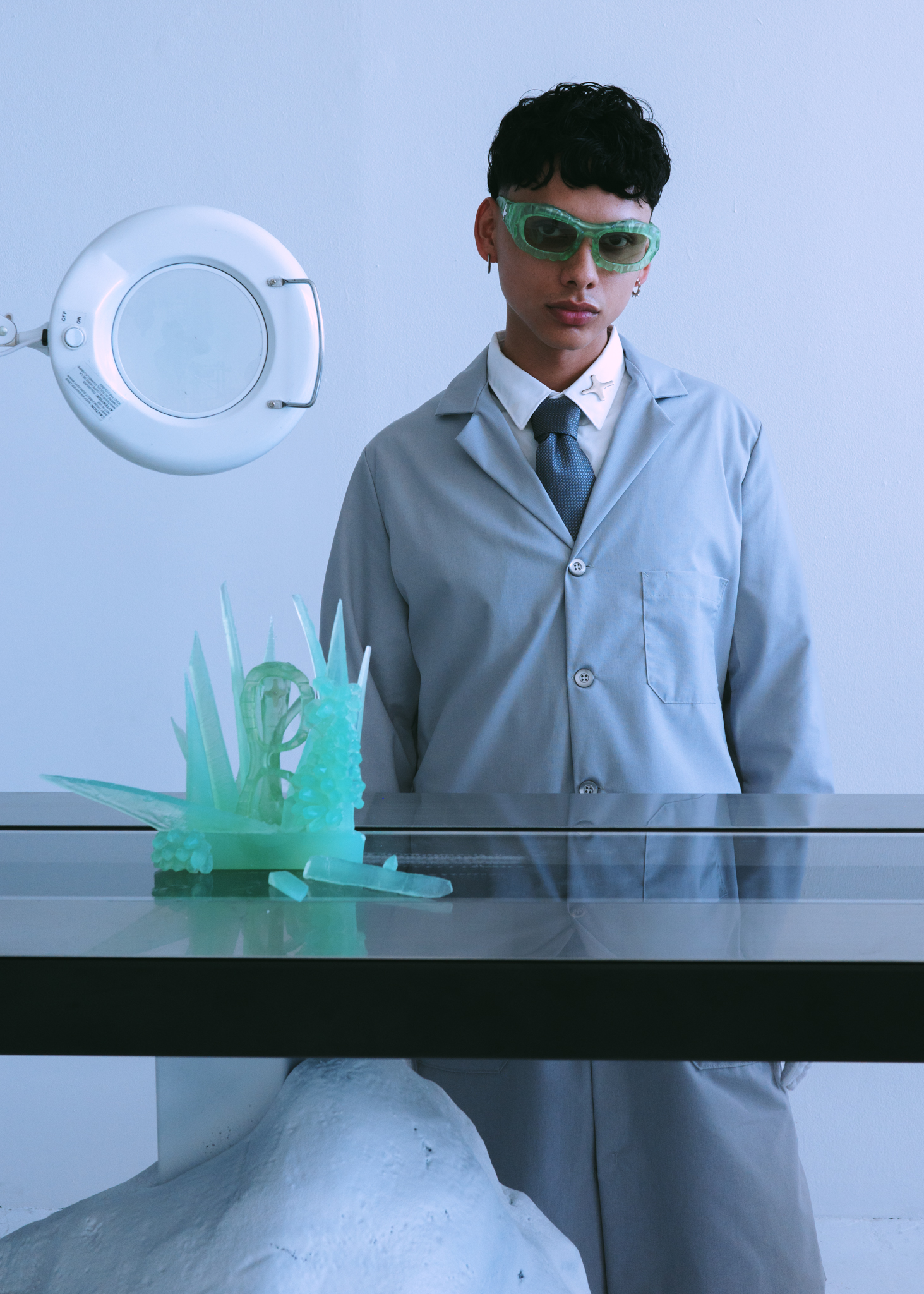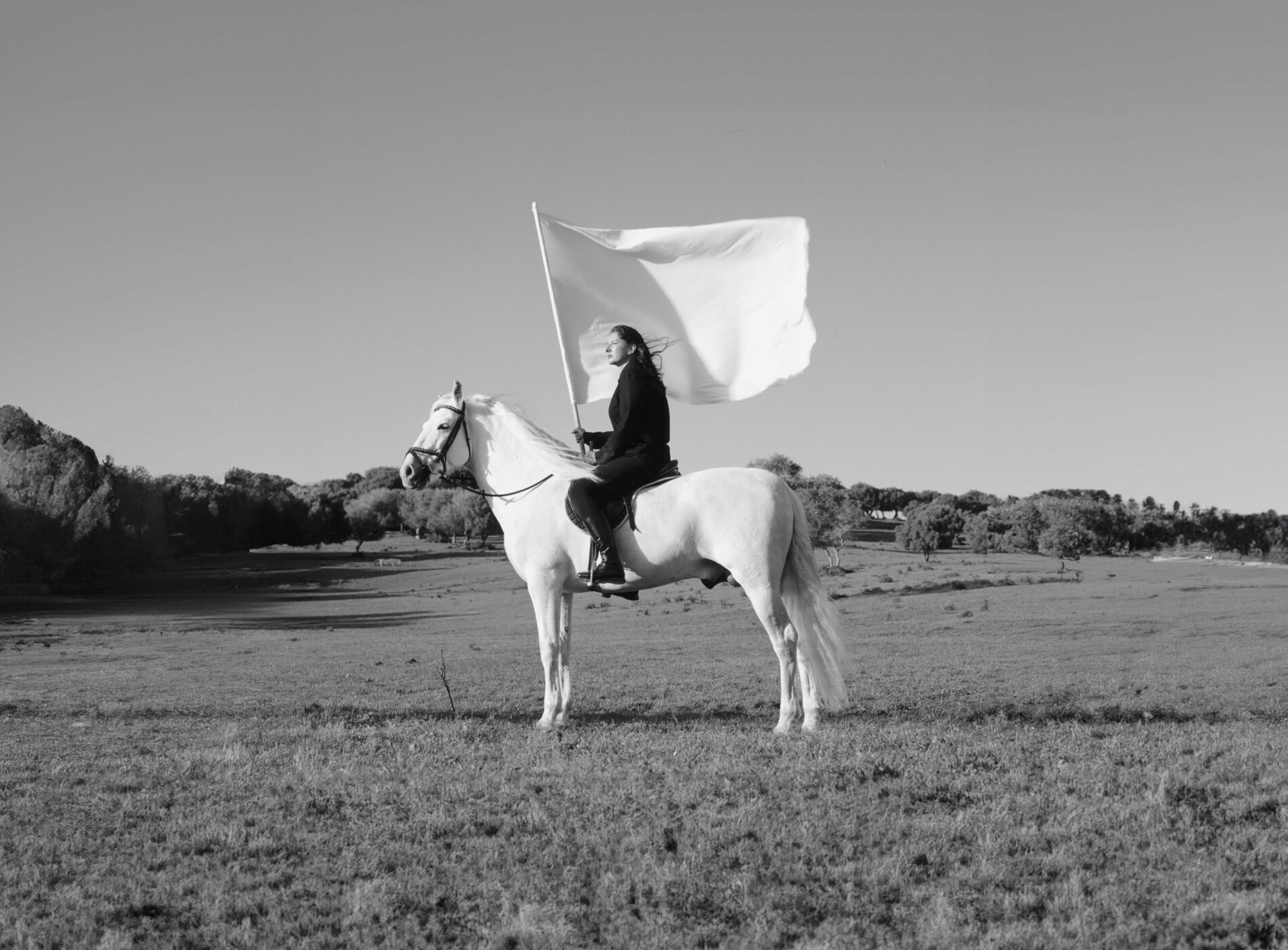_Connecting with Art Basel’s David Gryn and Philanthropist Anita Zabludowicz on their New Platform_
---------------------------------------------------------------------------------------------------
The art market is often comically at odds with the world of art and the artists that it orbits. Both sides generally accept the symbiotic nature of the venture: one needs to collect; the other needs to finance their next creative exploration. However, this sometimes results in some unsavory scenes: Saudi sheiks snapping up Giaccomettis for a cool hundred mil and then locking them up in an airplane hangar outside Dubai, or one-percenters hoovering up a fragment of a West Bank wall with a Banksy on it. In short, one would rarely say that the market exudes the creativity of the art in which it trades, but occasionally that creativity does rub off. One example is Daata Editions, which displays the ingenuity and innovation that is usually seen on the other side of the money, along with a genuine love of art for art’s sake and a deep appreciation and respect for the people who make it.
The concept behind Daata Editions is straightforward but fairly revolutionary. It marries well-established e-commerce ideas to a new era of digital art that embraces the incorporeal properties of the internet to create work whose final medium is 1’s and 0’s, and which ultimately ends up not on the wall of a gallery, but inside a hard drive.


Daniel Keller & Martti Kalliala. Still from “Exitscape 4” (2015). HD Video, mp4. Runtime unknown. Courtesy the artists and Daata Editions.
Daata Editions commissions an artist and pays them up front—which is rare in the art-world. They then offer the pieces to collectors who can purchase them through the site, and receive a “certificate of authenticity,” while the artist receives a royalty.
_Flaunt_ spoke to the inventors of the platform: close friends Anita Zabludowicz—noted collector and philanthropist—and David Gryn—Art Basel Miami Beach’s video art curator who has spent his career supporting, facilitating and promoting artists that work with the moving image—about their innovative platform.
**How did the idea for Daata Editions come about?**
Gryn: Effectively, this was an ideas exchange between myself and Anita. We have been friends for over twenty years and we have a mutual passion for the support and empowerment of artists, students and underrepresented art mediums.


Jon Rafman. Still from “Oh the Humanity” (2015). HD Video, mp4. 3:00 minutes. Courtesy the artist and Daata Editions.
**Why frame this in an e-commerce way?**
Gryn: It dawned on us that there needed to be new ways to support and promote artists who work with digital mediums, and to do so on the internet, which is very underused in the art world. Most artists are engaged with the internet in one way or another, however when it comes to the art market there has been a strong resistance to accepting its reality, chiefly due to the fact that it is complex to monetize.
**What are the cultural implications of paying artists upfront?**
Gryn: We need artists in our lives and they need to have sustainable means of income. If most artists keep having to get ‘proper’ jobs to make a living, eventually they stop being artists. We need to empower communities of cultural manufacturing.


David Blandy. Still from “Ice” (2015). HD Video, mp4. 1:07 minutes. Courtesy the artist and Daata Editions.
**How does video art differ from traditional physical art from the perspective of a collector? What about it appeals to you?**
Zabludowicz: Video art has always been part of our collection. We now look back historically at artists who influence the digital artists of today. Digital art was not available till the late ‘90s through film and photograph and we collected both. What is exciting is looking at artists using new technologies (i.e. Jon Rafman using VR). As a collector I can’t really differentiate except that often when I am in a museum or an art fair it is the moving image that captures my attention
most of all.
**Are there any commonalities that unify the work you collect?**
Zabludowicz: We hope to be conserving work that is as contemporary as it is timeless, and that speaks directly about the time it is made. It may be the case that digital and video art—with its ability to exist not only in a singular location but which can be dispersed across the globe in servers and on hard drives—proves to be the longest lasting of all.
* * *
Written by Sid Feddema
 
Daniel Keller & Martti Kalliala. Still from “Exitscape 4” (2015). HD Video, mp4. Runtime unknown. Courtesy the artists and Daata Editions.
Daata Editions commissions an artist and pays them up front—which is rare in the art-world. They then offer the pieces to collectors who can purchase them through the site, and receive a “certificate of authenticity,” while the artist receives a royalty.
_Flaunt_ spoke to the inventors of the platform: close friends Anita Zabludowicz—noted collector and philanthropist—and David Gryn—Art Basel Miami Beach’s video art curator who has spent his career supporting, facilitating and promoting artists that work with the moving image—about their innovative platform.
**How did the idea for Daata Editions come about?**
Gryn: Effectively, this was an ideas exchange between myself and Anita. We have been friends for over twenty years and we have a mutual passion for the support and empowerment of artists, students and underrepresented art mediums.

Daniel Keller & Martti Kalliala. Still from “Exitscape 4” (2015). HD Video, mp4. Runtime unknown. Courtesy the artists and Daata Editions.
Daata Editions commissions an artist and pays them up front—which is rare in the art-world. They then offer the pieces to collectors who can purchase them through the site, and receive a “certificate of authenticity,” while the artist receives a royalty.
_Flaunt_ spoke to the inventors of the platform: close friends Anita Zabludowicz—noted collector and philanthropist—and David Gryn—Art Basel Miami Beach’s video art curator who has spent his career supporting, facilitating and promoting artists that work with the moving image—about their innovative platform.
**How did the idea for Daata Editions come about?**
Gryn: Effectively, this was an ideas exchange between myself and Anita. We have been friends for over twenty years and we have a mutual passion for the support and empowerment of artists, students and underrepresented art mediums.
 
Jon Rafman. Still from “Oh the Humanity” (2015). HD Video, mp4. 3:00 minutes. Courtesy the artist and Daata Editions.
**Why frame this in an e-commerce way?**
Gryn: It dawned on us that there needed to be new ways to support and promote artists who work with digital mediums, and to do so on the internet, which is very underused in the art world. Most artists are engaged with the internet in one way or another, however when it comes to the art market there has been a strong resistance to accepting its reality, chiefly due to the fact that it is complex to monetize.
**What are the cultural implications of paying artists upfront?**
Gryn: We need artists in our lives and they need to have sustainable means of income. If most artists keep having to get ‘proper’ jobs to make a living, eventually they stop being artists. We need to empower communities of cultural manufacturing.

Jon Rafman. Still from “Oh the Humanity” (2015). HD Video, mp4. 3:00 minutes. Courtesy the artist and Daata Editions.
**Why frame this in an e-commerce way?**
Gryn: It dawned on us that there needed to be new ways to support and promote artists who work with digital mediums, and to do so on the internet, which is very underused in the art world. Most artists are engaged with the internet in one way or another, however when it comes to the art market there has been a strong resistance to accepting its reality, chiefly due to the fact that it is complex to monetize.
**What are the cultural implications of paying artists upfront?**
Gryn: We need artists in our lives and they need to have sustainable means of income. If most artists keep having to get ‘proper’ jobs to make a living, eventually they stop being artists. We need to empower communities of cultural manufacturing.
 
David Blandy. Still from “Ice” (2015). HD Video, mp4. 1:07 minutes. Courtesy the artist and Daata Editions.
**How does video art differ from traditional physical art from the perspective of a collector? What about it appeals to you?**
Zabludowicz: Video art has always been part of our collection. We now look back historically at artists who influence the digital artists of today. Digital art was not available till the late ‘90s through film and photograph and we collected both. What is exciting is looking at artists using new technologies (i.e. Jon Rafman using VR). As a collector I can’t really differentiate except that often when I am in a museum or an art fair it is the moving image that captures my attention
most of all.
**Are there any commonalities that unify the work you collect?**
Zabludowicz: We hope to be conserving work that is as contemporary as it is timeless, and that speaks directly about the time it is made. It may be the case that digital and video art—with its ability to exist not only in a singular location but which can be dispersed across the globe in servers and on hard drives—proves to be the longest lasting of all.
* * *
Written by Sid Feddema

David Blandy. Still from “Ice” (2015). HD Video, mp4. 1:07 minutes. Courtesy the artist and Daata Editions.
**How does video art differ from traditional physical art from the perspective of a collector? What about it appeals to you?**
Zabludowicz: Video art has always been part of our collection. We now look back historically at artists who influence the digital artists of today. Digital art was not available till the late ‘90s through film and photograph and we collected both. What is exciting is looking at artists using new technologies (i.e. Jon Rafman using VR). As a collector I can’t really differentiate except that often when I am in a museum or an art fair it is the moving image that captures my attention
most of all.
**Are there any commonalities that unify the work you collect?**
Zabludowicz: We hope to be conserving work that is as contemporary as it is timeless, and that speaks directly about the time it is made. It may be the case that digital and video art—with its ability to exist not only in a singular location but which can be dispersed across the globe in servers and on hard drives—proves to be the longest lasting of all.
* * *
Written by Sid Feddema









.JPG)
.jpg)







